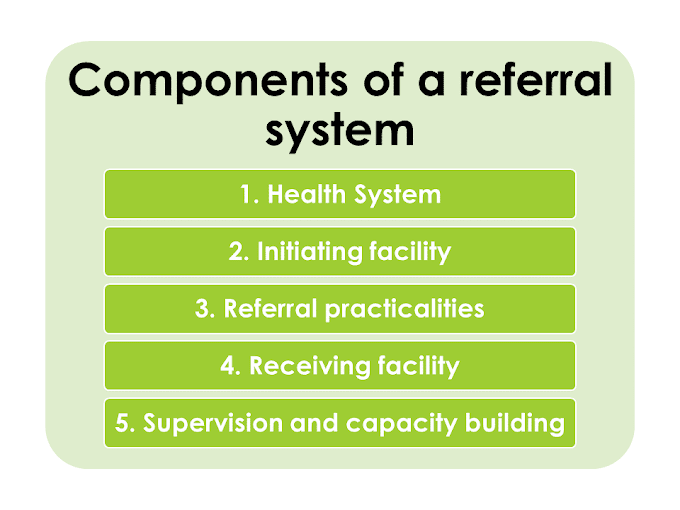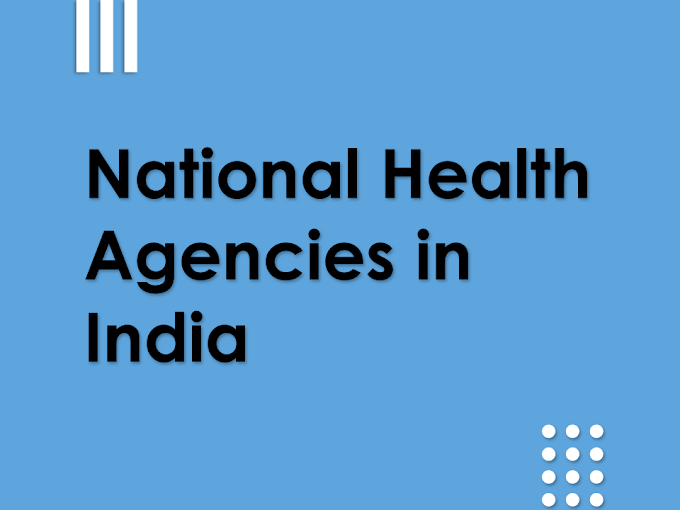What is newborn jaundice?
Jaundice is a yellowish pigmentation of the skin, the conjunctival membranes over the sclera and other mucous membrane caused by hyper bilirubinemia. Bilirubin is a yellow pigment produced during normal breakdown of red blood cells.
Babies who are born too early (premature) are more likely to develop jaundice than full-term babies.
Normal blood bilirubin level
- Normal Bilirubin direct (Conjugated): 0 to 0.3 mg/dl.
- Normal Bilirubin indirect (Un-Conjugated): 0.1 to 1 mg/dl.
- Bilirubin total: lower than 1.5 mg/dl.
Un-conjugated bilirubin is toxic and causes neuronal dysfunction or death.
Causes of newborn jaundice
- Increase RBC volume and increase destruction of RBC due to shorter life span of fetal red blood cells.
- Abnormal blood cell shapes (such as sickle cell anemia)
- Decrease conjugated bilirubin due to decrease UDGPT activity.
- Decrease hepatic excretion of bilirubin.
- Decrease liver cell uptake of bilirubin due to decrease ligandin.
- Hemolytic disease Eg. Rh incompatibility.
- Neonatal septicemia.
- Blood extravasations.
- Congenital deficiency of glucuronyl transferase.
- Hepato-biliary obstruction.
- Galactosemia, hypothyroidism & breast milk jaundice.
Types of newborn jaundice
1. Physiological Jaundice
Most newborn have some yellowing of the skin, or jaundice. This is called physiological jaundice. It is usually appear when the baby is 2 to 3 days old or most of the time, it does not cause problems and disappears within 7 to10 day, a little later in premature neonates.
2. Pathological Jaundice
Pathological jaundice is serious type of jaundice and it's appear within 24 hours of birth. It is characterized by a rapid rise in a baby's bilirubin level. The most likely cause is blood incompatibility or liver disease.
Symptoms
- Jaundice causes a yellow color of the skin in newborn. It usually begins on the face and then moves down to the chest, belly area, legs, and soles of the feet.
- Enlarged liver.
- Poor muscle tone in newborn.
- Infant looks lethargy.
- Poor sucking reflex in newborn.
Diagnosis
- Serum bilirubin test.
- Dermal Icterus zone test.
Treatment
1. Phototherapy:
Complication of phototherapy:
2. Exchange Blood Transfusion:
Exchange blood transfusion is used when the blood bilirubin level is vey high and phototherapy hasn't been effective. In this procedure, the baby's blood is replaced with fresh blood.
Complication of exchange blood transfusion
Kernicterus
Kernicterus is a pathological condition characterized by yellow staining of the brain by un-conjugated bilirubin resulting in nervous tissue damage. More than 20 mg/dl un-conjugated bilirubin level cause kernicterus.
Excess rise of conjugated bilirubin in blood can’t produce kernicterus.





1 Comments
ReplyDeleteNice post of knowledge of gallbladder and other diseases treatments Meet Dr kartik Goyal
for more liver diseases treatments.
https://gastrogynae.com/best-liver-doctor-ludhiana/